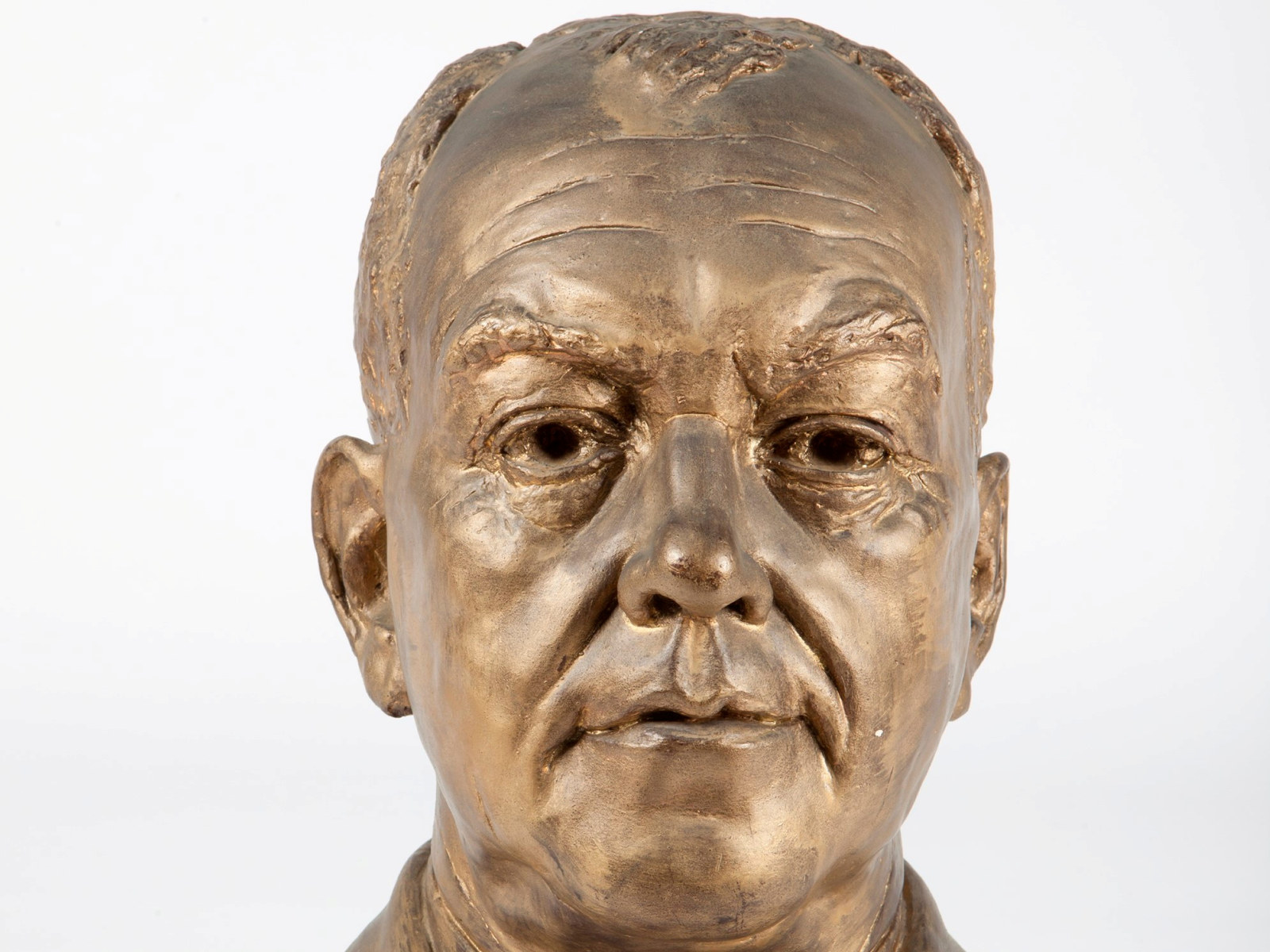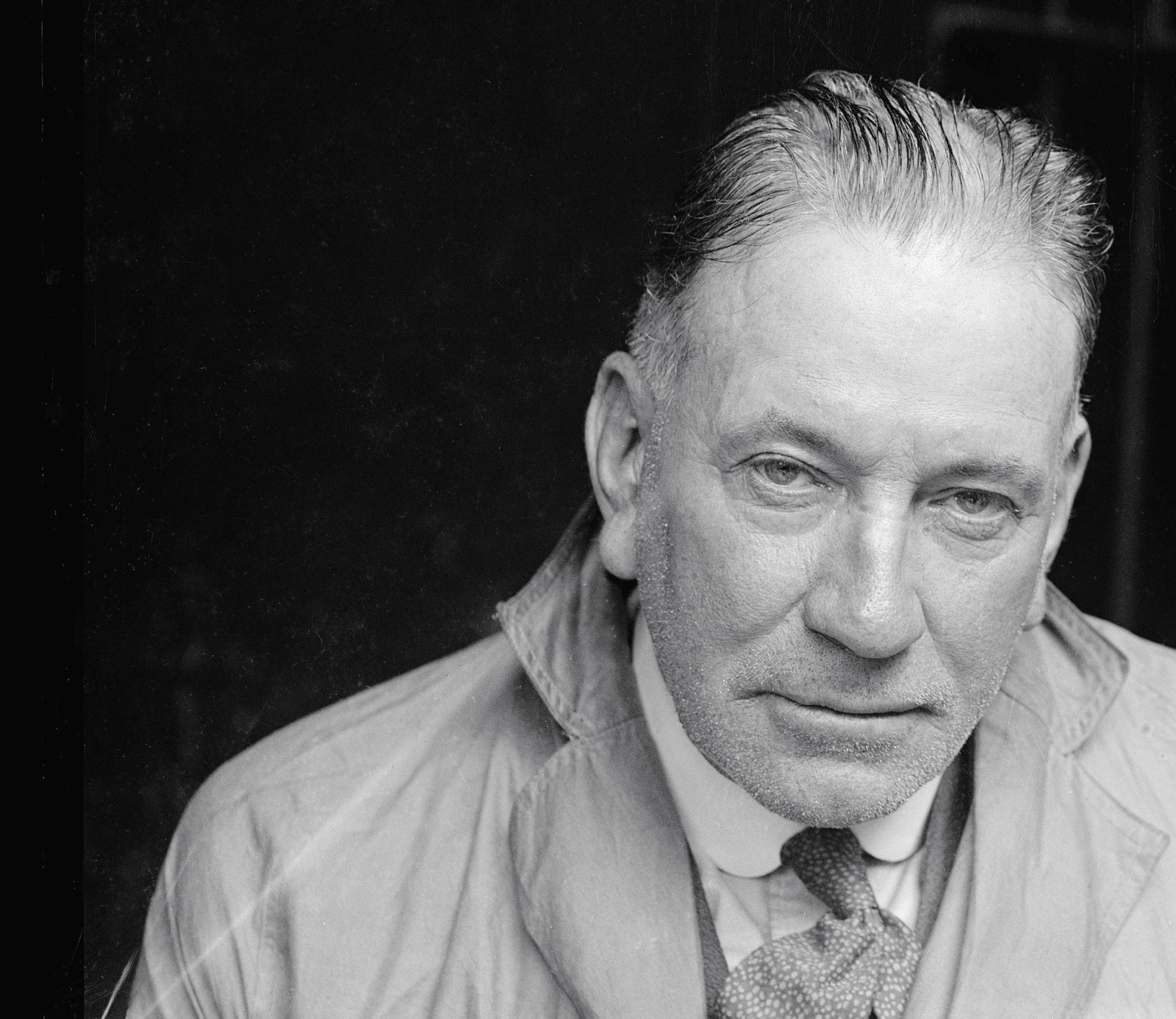Behind the scenes: How to read a ‘special’
Around the world, police forces followed established conventions when taking mugshots.
But Sydney police in the 1920s did things differently. Suspects hold handbags, papers, cigarettes and conversations. This deviation from protocol creates images suffused with the suspect’s personality, not unlike a commissioned studio portrait – if you ignore the backdrop of cell doors.
The people in the Specials photographs were yet to have their day in court, and some were never found guilty. Most of the Specials were taken outside the holding cells at Sydney’s Central Police Station. The police photographer positioned his camera to make the best use of available light and placed a bentwood chair in the frame to give an idea of the suspect’s height. The lack of signs that the person was in custody, such as handcuffs, meant the images could be shown to a witness during a criminal investigation without prejudicing the person against the suspect.
Information, including the date, the suspect’s name (occasionally misspelt) and references to previous convictions, was sometimes inscribed onto the negative.
Learn how to read a 'Special' with our handy guide below:
1. Name or alias
2. Date photograph was taken
3. Special photograph number
4. Fingerprint classification
5. Reference to any previous criminal conviction
6. Name pencilled onto or scratched into emulsion by police photographer
Find out more about police photographer George B. Howard.
Related

Underworld
Big Bill MacKay
William John MacKay (1885–1948), known as Bill, was a Scottish-born police officer who played a major role in policing Sydney’s underworld during the 1920s

Underworld
Bosses
Sydney’s underworld bosses were tough, resolute and violent – mess with one and you would know you had been in a fight
Published on